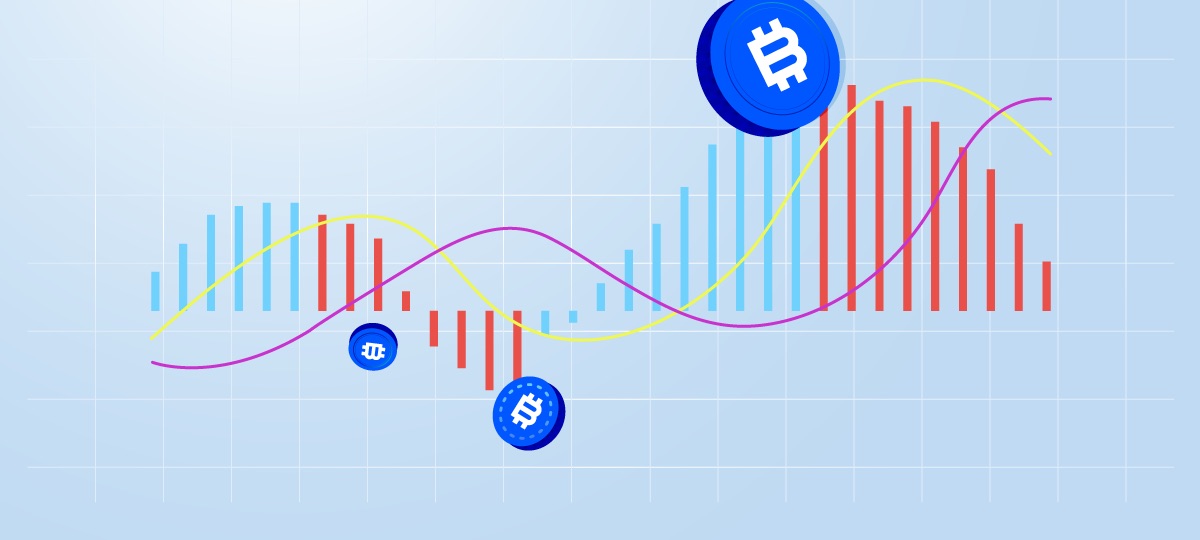
Trading with Exponential Moving Averages
Cryptocurrency have access to an arsenal of indicators to sharpen their experience, but there is one in particular that outperforms most. It’s called the Exponential Moving Average, or EMA, for short.
The Exponential Moving Average, similar to the Simple Moving Average (SMA), is a technical indicator used to measure trend in price changes of an asset or, in this case, a cryptocurrency over a period
of time.However, while a SMA only calculates the average of an asset’s closing prices during a time period, an EMA places more weight on the most recent price movements.
For example, if we want to calculate the SMA of an asset for the past 20 days, we simply take the sum of closing prices in that period and divide it by 20.
To calculate the Exponential Moving Average of the same asset, there are a few extra steps.
Calculate Exponential Moving Averages
There is a simple equation for calculating EMA, though you will find many different expressions of the same method.
EMA cares more about the number of observations rather than the time period, so to calculate a 20-day EMA, we’ll first need the Simple Moving Average of those 20 days. We’ll call this number the first EMA since it’s the 21st day (first day after the 20-day period.)
As mentioned above, EMA puts more weight on recent data points, so for that, we’ll need to calculate a multiplier. This is also known as the smoothing factor.
The typical formula for this multiplier is 2 ÷ (# of observations +1). So, for a 20-day EMA, we’ll have:
2 ÷ (20+1) = 0.0952 or 9.52%.
This is how much weight recent price changes have on the trend.
Once we have the multiplier, we can then plug in the closing price for the final formula:
Closing price * 0.0952 + first EMA (SMA of the 20 days) x 1-0.0952
Since EMA is super sensitive to price movements, the smaller the time period, the greater the weight.
For example, if we instead want to calculate a 10-day period, we’ll have something like this:
2 ÷ (10+1) = 0.181818 or 18.18%, which is almost twice as much as the 20-day period.
Applications of Exponential Moving Average
Since an EMA reacts faster to price changes, it can help traders identify moving trends earlier than a SImple Moving Average would.
From the chart above, you can see how the EMA line follows closely to the price movements, dipping and rising before the SMA could adjust.
Traders use EMA to determine trend direction and evaluate buying/selling decisions. Keep in mind that this indicator is most effective for trending markets and not to be misinterpreted as persistent performance of an asset.
Exponential Moving Average can also identify support and resistance levels of prices.
Support, also known as floor, is the lowest prices are expected to fall during an uptrend. Resistance, often referred to as ceiling, determines how high prices are expected to rise during an uptrend.
So, in other words, prices do not generally fall below the EMA line or exceed its peak during a trend.
Takeaways
Exponential Moving Average is a useful tool for traders who rely on technical analysis during a trending market. However, putting more weight on recent data can create a bias, which is something traders tend to avoid.
Also keep in mind that EMA is used to identify trends and not to predict future prices. It simply establishes a direction of an asset based on historical data. While many decisions utilize past data, a large part of it fell on educated prediction and an updated understanding of current real world events impacting an asset.
